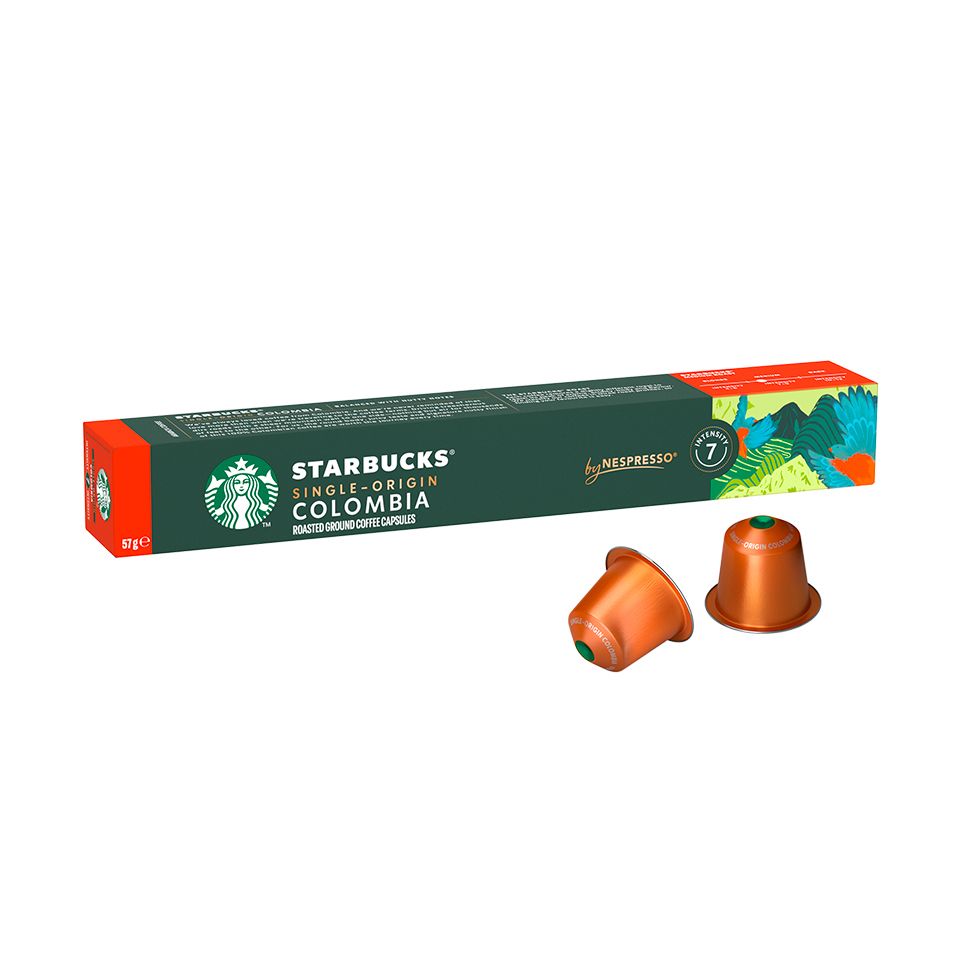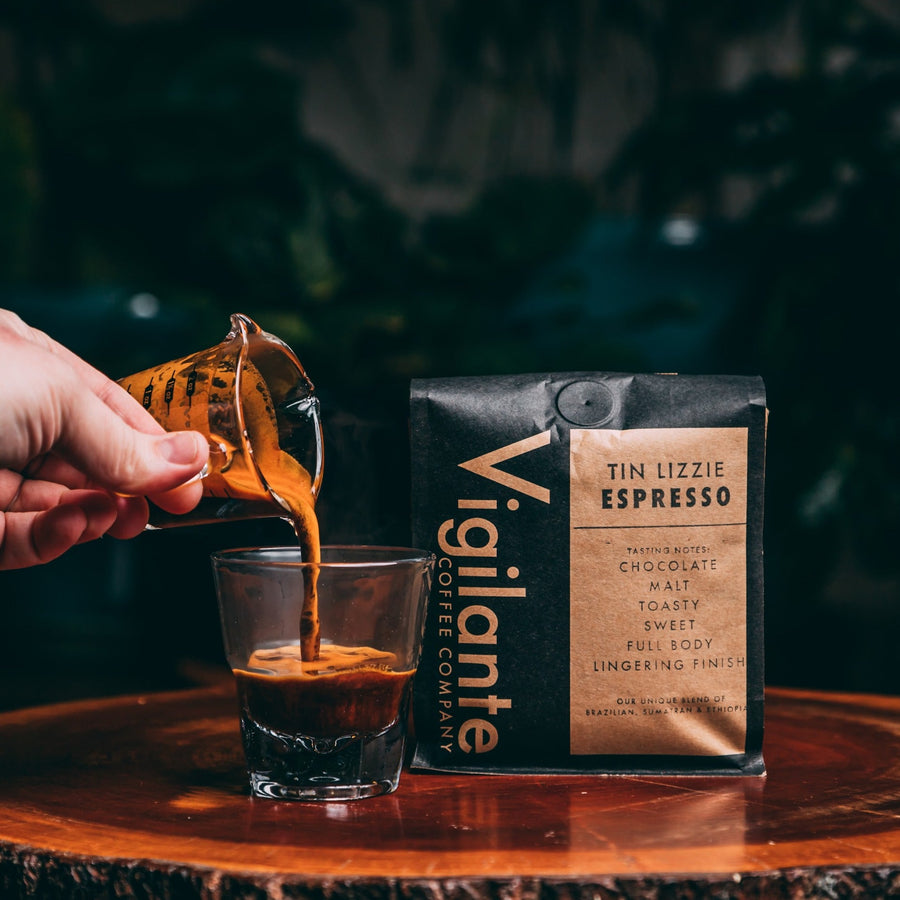What Makes SOE Single Origin Espresso Different from Mixed Roasts
What Makes SOE Single Origin Espresso Different from Mixed Roasts
Blog Article
Understanding Coffee Beans: the Trip From Coffee to Blended Coffee Beans

The Origins of Coffee: An International Point Of View
While you may consider coffee as a modern-day staple, its origins map back centuries, linking with societies across the world. The tale begins in Ethiopia, where tale says a goat herdsman named Kaldi found the invigorating effects of coffee beans after seeing his goats frolicking vigorously after eating them. This sparked passion, causing coffee's infect Arab traders that cherished the brewed drink. By the 15th century, it reached Persia, Egypt, and Turkey, where coffee shops became social hubs for discussion and culture.
As trade courses increased, coffee made its means to Europe in the 17th century, quickly acquiring appeal. Each society added its unique twist to coffee preparation, enriching its history.
Farming and Harvesting of Coffee Beans
As coffee's trip advanced, the emphasis moved to the growing and harvesting of particular bean ranges, especially those utilized for espresso. You'll find that espresso beans commonly originate from Arabica or Robusta plants, each offering unique tastes. The excellent expanding problems consist of high elevations and abundant, well-drained soil, which enhance the beans' quality.
During the harvest, picking methods differ. In some areas, workers hand-pick ripe cherries, guaranteeing just the most effective fruit goes to processing. In various other locations, mechanical harvesters are utilized, especially on bigger ranches. When the cherries get to peak perfection for optimum taste., timing is essential; you want to harvest.
As soon as gathered, the beans are gotten ready for handling, which is crucial in establishing their last taste. Recognizing the growing and harvesting procedures provides you insight right into what enters into your favorite coffee, enhancing your gratitude for each and every cup.
Handling Techniques: From Cherry to Bean
Currently that you have actually learnt more about gathering coffee beans, let's discover exactly how those cherries transform right into the coffee beans you love. You'll see exactly how various harvesting methods impact taste, followed by the crucial steps of fermentation and drying out. We'll damage down the milling and grading procedure that identifies your coffee's quality.
Gathering Strategies Discussed
When it involves coffee, understanding harvesting strategies is important, given that they directly impact the taste and top quality of the beans you appreciate. There are two main approaches: selective picking and strip selecting. Selective choosing includes hand-picking just ripe cherries, guaranteeing you get the finest top quality beans. This technique commonly leads to a richer flavor profile, though it's even more labor-intensive. On the other hand, strip choosing ways collecting all cherries at the same time, no matter perfection. While it's quicker and cheaper, this can result in a mix of flavors, impacting the end product. Ultimately, the choice of harvesting technique can considerably affect your coffee experience, so it deserves knowing exactly how those beans made it to your cup.
Fermentation and Drying Out
After collecting, the following steps in processing coffee beans play a significant role fit their taste. You'll discover that fermentation is important, as it helps damage down the mucilage surrounding the beans, boosting their preference profile. Depending upon the method, this procedure can last from a couple of hours to a number of days, with varying outcomes based on temperature and moisture.
Sun-drying allows the beans to take in tastes from the atmosphere, while mechanical drying out guarantees constant moisture levels no matter of weather condition. Correct drying is crucial to avoid mold and mildew and preserve the beans' top quality, eventually affecting your cup of coffee.
Milling and Grading Refine
As fermentation and drying established the stage for taste development, the milling and grading procedure warranties that only the ideal coffee beans make it to your cup. This stage involves eliminating the external layers of the coffee cherry, including the parchment and husk. After milling, the beans are arranged by dimension and weight, making sure an uniform high quality. You'll find that grading aids identify problems and classify beans, which impacts flavor and fragrance. High-quality beans obtain a higher quality, leading to a richer coffee experience. Once rated, the beans await packaging and delivery, maintaining their special attributes. This meticulous process is vital for providing the exceptional taste you enjoy in every sip of your favored mixture.
Roasting Methods: Unlocking Flavor Potential
When you roast coffee beans, the method you choose can dramatically affect the taste account. Understanding the relationship between time, temperature level, and toasting strategies is essential to exposing the capacity of your brew. Let's discover how these components come with each other to develop the excellent mug.
Toasting Approaches Clarified
While you could think that all coffee roasting techniques produce the very same results, the fact is that each technique reveals unique flavor potentials in the beans. You can pick between approaches like drum roasting, air roasting, and even standard frying pan roasting. Drum roasting uses a rotating drum to uniformly disperse heat, enhancing caramelization and producing a balanced flavor. Air roasting, on the various other hand, flows warm air around the beans, advertising a lighter roast with obvious level of acidity. Frying pan roasting enables hands-on control but calls for continuous interest to avoid burning. Each approach has its subtleties, so explore different strategies can help you uncover the ideal roast that aligns with your preference preferences. Appreciate the journey of locating your excellent cup!

Influence On Taste Account
Different toasting approaches not only influence the procedure but likewise greatly impact the taste profile of the coffee beans. When you select a light roast, you'll experience intense acidity and floral notes, showcasing the bean's beginning. On the other hand, a tool roast equilibriums acidity with sweet taste, typically disclosing chocolatey undertones. Dark roasts, on the other hand, highlight bold, great smoky tastes, occasionally concealing the bean's unique features. Each technique reveals different oils and substances, causing a vast array of flavors. By trying out with different toasting styles, you can uncover which profiles reverberate with your palate. Recognizing these nuances aids you appreciate the virtuosity behind your mug of coffee, boosting your total experience with every sip.
Time and Temperature Level Factors
To launch the complete taste possibility of coffee beans, both time and temperature level throughout the roasting see here now process play significant roles. When toasting, you'll locate that greater temperature levels can quickly establish tastes, yet if you rush it, you could end up with charred notes. On the other hand, reduced temperature levels enable a more gradual taste advancement, showcasing the beans' distinct characteristics.

Timing is equally as important; expanding the roast as well long can result in a loss of acidity and brightness, while too brief a roast might leave the beans underdeveloped. Finding that pleasant place calls for technique and experimentation. By adjusting these elements, you can reveal the rich, intricate flavors hidden within each bean, producing an absolutely remarkable coffee experience.
The Art of Mixing: Crafting Unique Coffee Accounts

Beginning by selecting a base coffee that supplies a strong structure. Select complementary beans to improve details flavor notes. For example, a bright Ethiopian bean can bring fruitiness, while an abundant Brazilian coffee adds body. Experimentation is vital-- don't hesitate to change ratios up until you find your perfect profile.
As you mix, keep in mind that each mix narrates. You're not just making coffee; you're creating an experience. Take your time, preference regularly, and appreciate the trip of uncovering your signature blend - Single Origin Espresso.
Developing Methods: Exactly How Preparation Influences Taste
Blending coffee opens a domain name of taste possibilities, however just how you brew that blend can substantially influence your last cup. Different brewing techniques draw out one-of-a-kind flavors and scents, so it's essential to pick wisely. As an example, a French press allows oils and sediments to continue to be, producing an abundant, full-bodied experience. On the other hand, a pour-over highlights the coffee's quality and illumination, excellent for Going Here showcasing delicate notes.
Coffee, with its high pressure, generates a focused shot that highlights sweetness and crema. If you favor a lighter mixture, think about a cold mixture approach; it generates a smooth, less acidic taste.
Eventually, trial and error is key. Changing variables like water temperature, grind dimension, and brew time can transform your coffee's account. Embrace the art of developing to discover the tastes concealed in your coffee blends. The right technique can raise your experience to new elevations.
The Future of Coffee: Sustainability and Innovation
As the coffee market develops, sustainability and advancement are coming to be necessary for dealing with ecological obstacles and meeting consumer needs. You'll observe that more coffee companies are embracing environment-friendly practices, from sourcing beans fairly to carrying out sustainable farming techniques. These shifts not just assist the world however likewise boost the high quality of the coffee you appreciate.
You might see technologies like biodegradable packaging and water-saving developing methods that reduce waste. Advanced modern technology, such as blockchain, is additionally coming to be popular, making sure openness in the supply chain, which allows you to trace your coffee back to its origins.
Furthermore, buying neighborhood neighborhoods and supporting farmers via fair trade efforts fosters an extra sustainable coffee ecological community. As you drink your following mug, keep in mind that your choices can contribute to a brighter future for coffee. By selecting sustainable brand names, you're not just appreciating a drink; you're making a favorable impact on the world.
Often Asked Inquiries
What Is the Distinction In Between Arabica and Robusta Beans?
Arabica beans are smoother, sweeter, and have a greater level of acidity, while robusta beans are more powerful, more bitter, and contain even more caffeine. When brewing your coffee., you'll notice these differences in flavor and aroma.
How Does Altitude Affect Coffee Bean Flavor?
Elevation effects coffee bean flavor considerably. Greater elevations generate beans with brighter level of acidity and complex tastes, while reduced altitudes commonly yield beans that are larger and less nuanced. You'll see these distinctions in your cup!
What Are the Health Advantages of Alcohol Consumption Coffee?
Consuming alcohol coffee can improve your energy, Get More Information improve mental focus, and also improve physical efficiency. It's abundant in antioxidants, may lower the risk of certain diseases, and can promote a healthier metabolism when consumed in small amounts.
Can Coffee Beans Be Recycled for Developing?
Yes, you can reuse coffee beans for developing, yet the flavor may be weak. If you delight in trying out, try reusing them in different methods, like cool mixtures or contributing to healthy smoothies for an additional kick.
Exactly how Should I Shop Coffee Beans for Freshness?
To maintain your coffee beans fresh, save them in a closed container in an awesome, dark location. Avoid subjecting them to wetness, light, or warmth, as these factors can promptly degrade their flavor and scent.
Recognizing Coffee Beans: the Trip From Espresso to Blended Coffee Beans.
Now that you've discovered regarding collecting coffee beans, allow's discover how those cherries transform into the coffee beans you love.When you roast coffee beans, the method you select can dramatically impact the flavor profile - Single Origin Espresso.While you may assume that all coffee toasting methods yield the exact same results, the fact is that each strategy reveals distinct flavor possibilities in the beans.Various toasting methods not only influence the process however likewise substantially affect the flavor profile of the coffee beans
Report this page